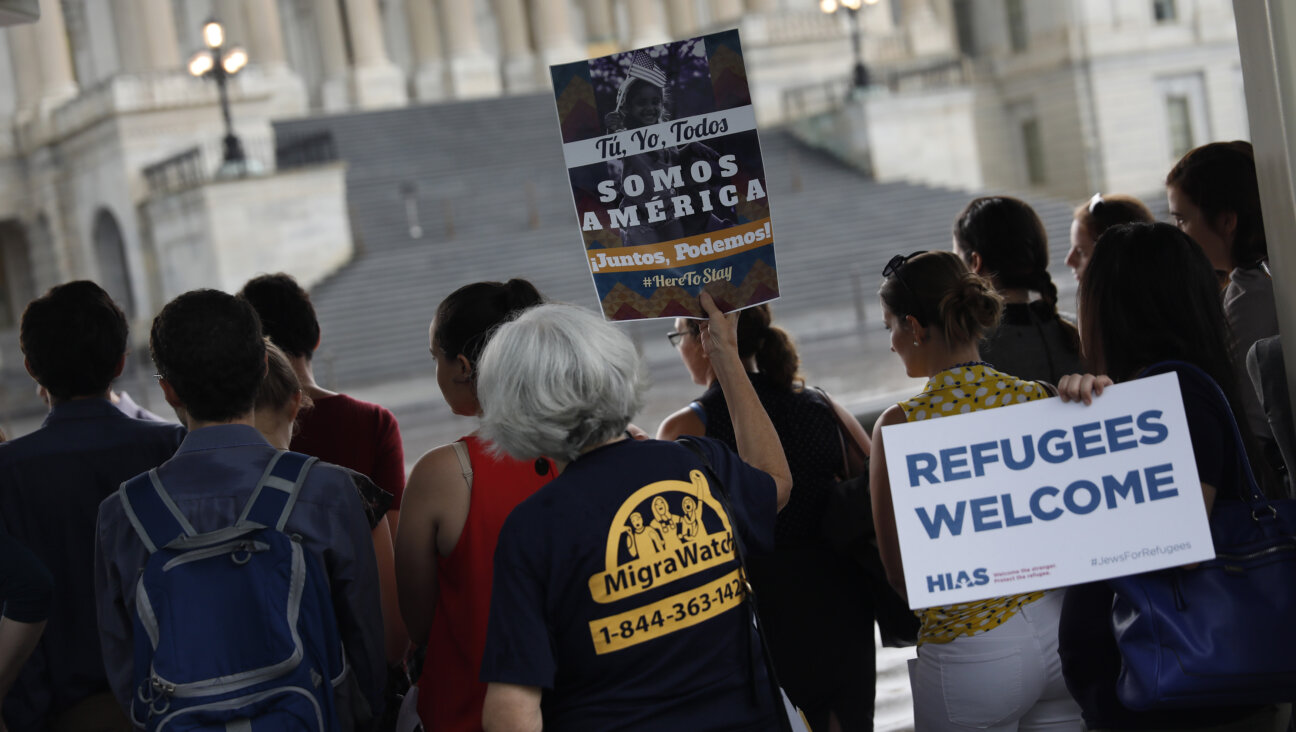Finally! Voters Go to Polls as Election Day Dawns

Finish Line: Supporters wait to hear President Obama wrap up his campaign in Iowa. MItt Romney was still set to appear this morning as the presidential race comes down to the wire. Image by getty images
Americans started to vote in a presidential election on Tuesday with polls showing President Barack Obama and Republican challenger Mitt Romney neck-and-neck in a race that will be decided in a handful of states.
Polling stations opened across the eastern United States and parts of the Midwest as dawn broke. At least 120 million Americans were expected to vote on giving Obama a second term or replacing him with Romney.
Their decision will set the country’s course for four years on spending, taxes, healthcare and foreign policy challenges like the rise of China and Iran’s nuclear ambitions.
National opinion polls show Obama and Romney in a virtual dead heat, although the Democratic incumbent has a slight advantage in several vital swing states – most notably Ohio – that could give him the 270 electoral votes he needs to win.
Romney, the multimillionaire former head of a private equity fund, would be the first Mormon president and one of the wealthiest Americans to occupy the White House. Obama, the first black president, is vying to be the first Democrat to win a second term since Bill Clinton in 1996.
Fueled by record spending on negative ads, the battle between the two men was focused primarily on the lagging economic recovery and persistent high unemployment, but at times it turned personal.
As Americans headed to voting booths, campaign teams for both candidates worked feverishly at the last minute to mobilize supporters to cast their ballots.
Polls will begin to close in Indiana and Kentucky at 6 p.m. EST (2300 GMT) on Tuesday, with voting ending across the country over the next six hours.
The first results, by tradition, were tallied in Dixville Notch and Hart’s Location, New Hampshire, shortly after midnight (0500 GMT). Obama and Romney each received five votes in Dixville Notch. In Hart’s Location, Obama got 23 votes to 9 votes for Romney and two votes for Libertarian candidate Gary Johnson.
The close presidential race raises the prospect of a disputed outcome similar to the 2000 election, which was decided by the U.S. Supreme Court. Both campaigns have assembled legal teams to deal with possible voting problems, challenges or recounts.
The balance of power in the U.S. Congress will also be at stake in Senate and House of Representatives races that could impact the outcome of “fiscal cliff” negotiations on spending cuts and tax increases, which kick in at the end of the year unless a deal is reached.
Obama’s Democrats are now expected to narrowly hold their Senate majority, while Romney’s Republicans are favored to retain House control.
Despite the weak economy, Obama appeared in September to be cruising to a relatively easy win after a strong party convention and a series of stumbles by Romney, including a secretly recorded video showing the Republican writing off 47 percent of the electorate as government-dependent victims.
But Romney rebounded in the first debate on Oct. 3 in Denver, where his sure-footed criticism of the president and Obama’s listless response started a slow rise for Romney in polls. Obama seemed to regain his footing in recent days at the head of federal relief efforts for victims of the storm Sandy.
The presidential contest is now likely to be determined by voter turnout – specifically, what combination of Republicans, Democrats, white, minority, young, old and independent voters shows up at polling stations.
Obama and Romney raced through seven battleground states on the final day of campaigning to hammer home their final themes, urge supporters to get to the polls and woo the last remaining undecided voters.
‘WE KNOW WHAT CHANGE LOOKS LIKE’
Obama focused on Wisconsin, Ohio and Iowa, the three Midwestern swing states that, barring surprises elsewhere, would give him 270 electoral votes. Romney visited the must-win states of Florida, Virginia and Ohio before finishing in New Hampshire, where he launched his presidential run in June 2011.
After two days of nearly round-the-clock travel, Obama wrapped up his final campaign tour in Des Moines, Iowa, with a speech that hearkened back to his 2008 campaign.
“I’ve come back to Iowa one more time to ask for your vote. I came back to ask you to help us finish what we’ve started, because this is where our movement for change began,” he told a crowd of some 20,000 people.
Obama’s voice broke and he wiped away tears from his eyes as he reflected on those who had helped his campaign.
Romney’s final day included stops in Florida, Virginia, Ohio and New Hampshire. The former governor of Massachusetts ended the day at a raucous “Final Victory” rally in Manchester, New Hampshire, the city where he launched his campaign last year.
“We’re one day away from a fresh start. We’re one day away from a new beginning,” the candidate, sounding hoarse at his fifth rally of the day, told the crowd of 12,000 at a sports arena in the center of the city.
Obama ridiculed Romney’s claims to be the candidate of change and said the challenger would be a rubber stamp for a conservative Tea Party agenda.
“We know what change looks like, and what he’s selling ain’t it,” he said in Columbus, Ohio.
Romney argued he was the candidate who could break the partisan gridlock in Washington, and said four more years of Obama could mean another economic recession.
“His plan for the next four years is to take all the ideas from the first term – the stimulus, the borrowing, Obamacare, all the rest – and do them over again,” he said in Lynchburg, Virginia.
The common denominator for both candidates was Ohio, the most critical of the battlegrounds, particularly for Romney. Without the state’s 18 electoral votes, the path to victory becomes very narrow for the Republican.
Polls have shown Obama with a small but steady lead in the state for months, sparked in part by his support for a federal bailout of the auto industry, which accounts for one of every eight jobs in Ohio, and by a strong state economy with an unemployment rate lower than the 7.9 percent national rate.
That undercut the central argument of Romney’s campaign – that his business experience made him uniquely qualified to create jobs and lead an economic recovery.
Obama fought back through the summer with ads criticizing Romney’s experience at the equity fund Bain Capital and portraying him as out of touch with ordinary Americans.
That was part of a barrage of advertising in the most heavily contested battleground states from both candidates and their party allies, who raised a combined $2 billion.
The rise of “Super PACs,” unaffiliated outside groups that can spend unlimited sums on behalf of candidates, also helped fuel the record spending on political ads that swamped swing-state voters.
Romney planned to vote at home in Massachusetts in the morning before a final trip to Ohio and Pennsylvania, a Democratic-leaning state that he has tried to put in play in recent weeks.
Obama, who voted in October, will spend the day at his home in Chicago.
The two candidates took a break from campaign rallies to tape interviews that aired during halftime of Monday Night Football, a U.S. television institution.
Romney said the New England Patriots were his favorite football team and jokingly said that, as a former Massachusetts governor, he took credit for the team’s Super Bowl victories.
Obama expressed faith that his hometown team, the Chicago Bears, can make it to the Super Bowl championship in January because they have the “best defense in the league.”
A message from our Publisher & CEO Rachel Fishman Feddersen

I hope you appreciated this article. Before you go, I’d like to ask you to please support the Forward’s award-winning, nonprofit journalism so that we can be prepared for whatever news 2025 brings.
At a time when other newsrooms are closing or cutting back, the Forward has removed its paywall and invested additional resources to report on the ground from Israel and around the U.S. on the impact of the war, rising antisemitism and polarized discourse.
Readers like you make it all possible. Support our work by becoming a Forward Member and connect with our journalism and your community.
— Rachel Fishman Feddersen, Publisher and CEO























